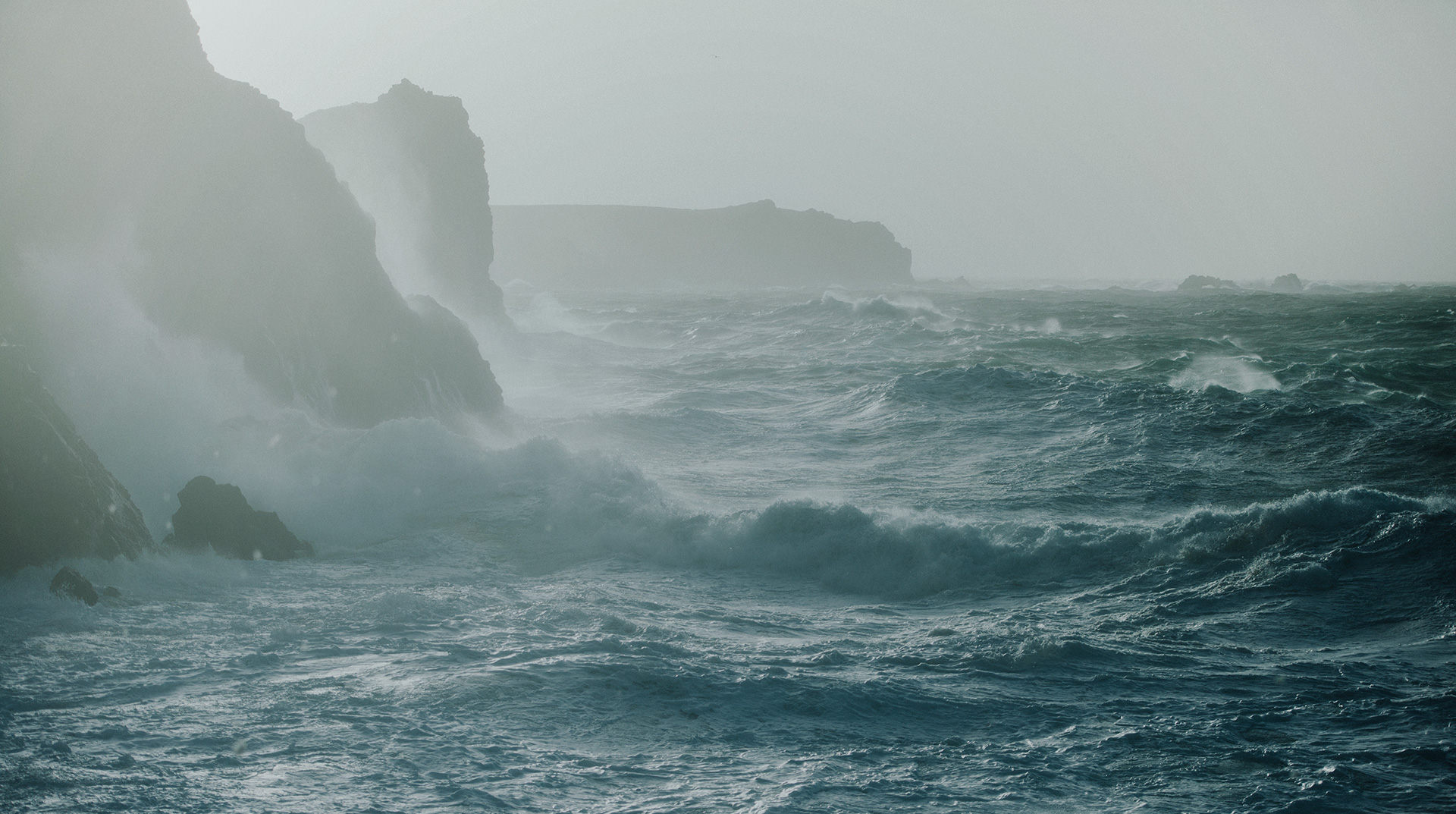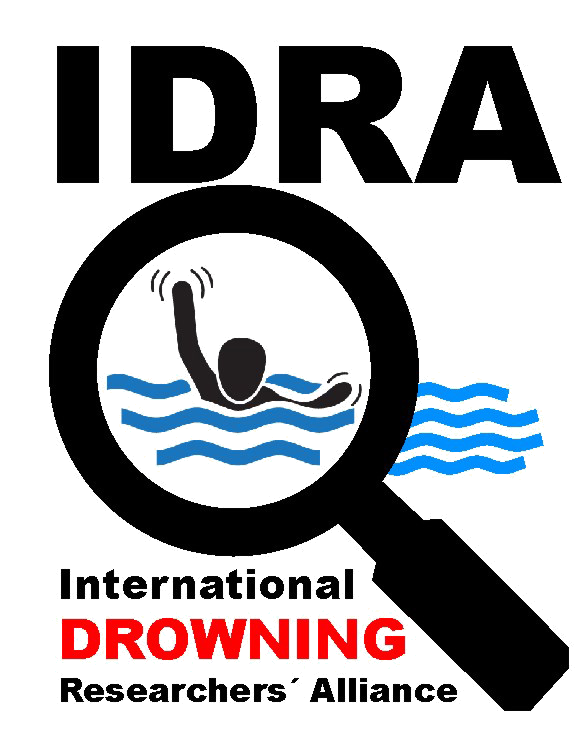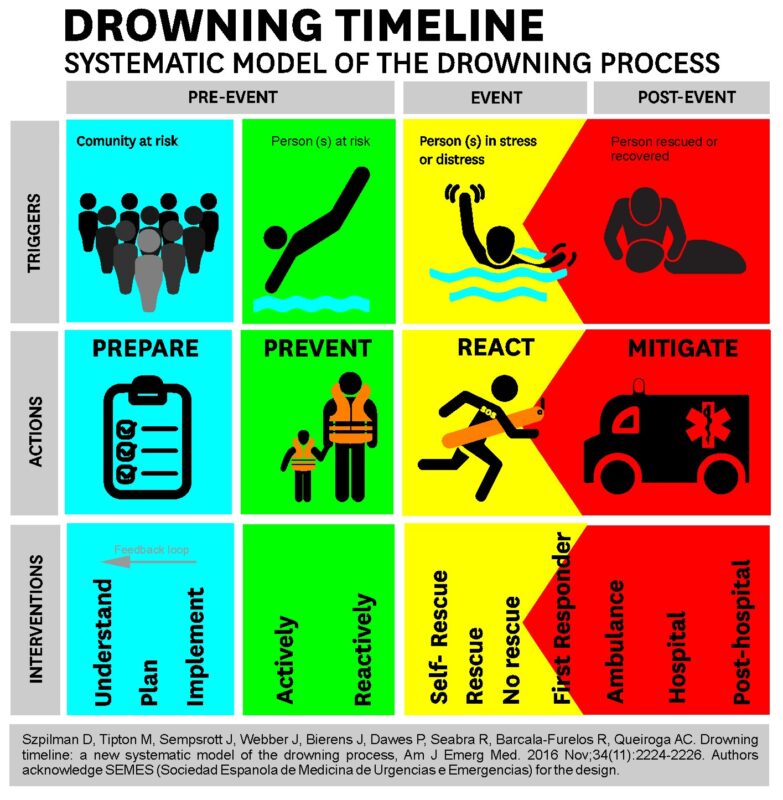
Articles on Drowning and aquatic incidents
Articles submission is exclusivily to IDRA members, by the own author(s) and published on peer review journals.
The responsability of authorship, content and the legacy to make this article free access is totally to the IDRA member.
Articles should be email with the following informations:
1. Name of the sender author,
2. Authors (complete without et all). name of the article. jounal, volume, page, month, year.=,
3. Article link page or PDF(if there are no link to)
4. By sending this email, I hereby acknowledge that I have completely authorized the International Drowning Researcher´s Alliance – IDRA, to post my article (titled above) on their website and make it avalialble for free download,
5. A brief infografic/PIC (if the article has it) for simplicity comprenhension in JPEG or PNG,
6. A two minutes top video, describing the article and/or his major contrinbution for the drowning knowledege (optional).
7. Inform the most appropriate slot for your artcile by using the drowning timeline (Pre-event (preparation or prevention, Event or Post-Event).
PLEASE CATEGORIZE YOUR TEMATIC PUBLICATION USING THE DROWNING TIMELINE
Pre-event: The pre-event is the phase before the drowning process starts and comprises two actions (preparation and prevention) that were triggered either by a community at risk (preparation) or a person or group at risk (prevention). Preparation includes: Epidemiology, Advocacy, Leisure, Policy, Research, Swimming, Education and others.
Prevention: any intervention
Event: The event phase encompasses any action taken in the water triggered by a person in stress or distress, while the drowning process is taking place. Possible actions are: self-rescue, rescue, or no rescue. If the rescue is being performed by a first responder, being it a layperson or a professional, some mitigation interventions might take place while the victim is still in the water, such as first in-water efforts to provide life-support.
Post-event: The post-event phase is only composed of mitigation actions – those that will make the impact of the drowning less severe, harmful, or painful. It starts after extrication from the water has ended and extends until all the health care ceases, such as ambulance attendance, hospital and post-hospital care.
Szpilman D, Palacios-Aguilar J, Barcala-Furelos R, Baker S, Dunne C, Peden AE, Brander R, Claesson A, Avramidis S, Leavy J, Luckhaus JL, Manino LA, Marques O, Nyitrai NJ, Pascual-Gomez LM, Springer L, Stanley TJ, Venema AM, Queiroga AC. Drowning and aquatic injuries dictionary. Resuscitation Plus. Volume 5, March 2021, 100072.
Niklas Breindahl, Joost L. M. Bierens, Sebastian Wiberg, Roberto Barcala‑Furelos and Christian Maschmann. Prehospital guidelines on in‑water traumatic spinal injuries for lifeguards and prehospital emergency medical services: an international Delphi consensus study. Scand J Trauma Resusc Emerg Med (2024) 32:76.


